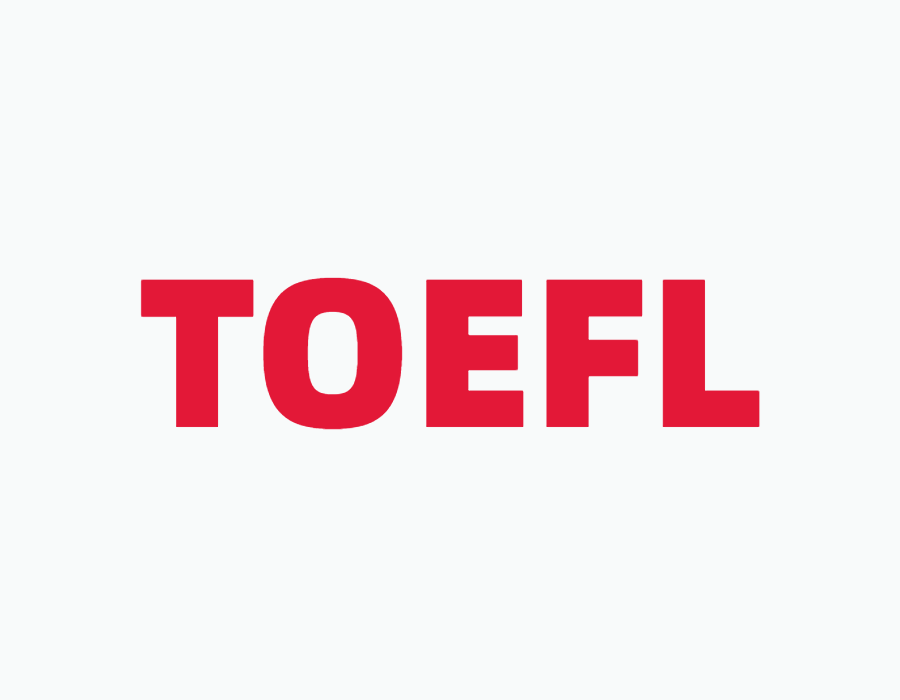TOEFL托福阅读真题及答案(68)
【托福真题_英语外教一对一培训】栏目更新了TOEFL托福阅读真题及答案(68),以下为具体内容:

TOEFL托福阅读真题文章:
The History of Paper
The invention of paper was a significant milestone in the history of human communication. Before the development of paper, various materials were used for writing, including clay tablets, papyrus, parchment, and silk. However, these materials had limitations in terms of cost, availability, or durability.
The earliest known form of paper was invented in China around 105 CE by Cai Lun, a court official during the Han Dynasty. Cai Lun's method involved soaking mulberry bark, hemp, and rags in water, mashing them into a pulp, and then pressing and drying the pulp into thin sheets. This process produced a lightweight, flexible, and relatively inexpensive material that was ideal for writing.
Paper production spread from China to other parts of Asia, including Korea and Japan, where local artisans adapted the Chinese techniques to suit their own materials and needs. By the 8th century, paper had reached the Islamic world, where it was further refined and used extensively for record-keeping, literature, and scholarship. The Arabs introduced papermaking to Europe in the 12th century, and by the 15th century, paper had become the dominant writing material in Europe, replacing parchment and vellum.
The invention of the printing press by Johannes Gutenberg in the 15th century revolutionized the production and distribution of written materials. Printing on paper became much faster and more efficient than hand-copying, leading to a significant increase in the availability of books and other printed materials. This, in turn, played a crucial role in the spread of knowledge during the Renaissance and the Enlightenment.
Today, paper continues to be an essential material in modern society, used for a wide range of purposes including writing, printing, packaging, and hygiene products. Despite the increasing use of digital technologies, paper remains a popular and versatile medium for communication and storage.
TOEFL托福阅读真题题目
1. According to the passage, what was a limitation of materials used for writing before the invention of paper?
A. They were too heavy to transport
B. They were expensive or not widely available
C. They could not be used for long-term storage
D. They were difficult to write on
2. Who is credited with inventing paper in China?
A. Confucius
B. Cai Lun
C. Genghis Khan
D. Marco Polo
3. What materials were used in Cai Lun's paper-making process?
A. Wood pulp and chemicals
B. Mulberry bark, hemp, and rags
C. Cotton and linen
D. Papyrus and reeds
4. The word "refined" in the passage is closest in meaning to:
A. Simplified
B. Discarded
C. Improved
D. Copied
5. According to the passage, when did paper reach the Islamic world?
A. 105 CE
B. 8th century
C. 12th century
D. 15th century
6. What role did the Arabs play in the history of paper?
A. They invented paper
B. They introduced papermaking to Europe
C. They banned the use of paper
D. They discovered papyrus
7. The word "dominant" in the passage is closest in meaning to:
A. Least important
B. Most common
C. Expensive
D. Fragile
8. According to the passage, how did the invention of the printing press affect paper?
A. It reduced the demand for paper
B. It made paper more expensive
C. It increased the production and use of paper
D. It led to the invention of new types of paper
9. The passage suggests that the availability of printed materials on paper contributed to:
A. The decline of literacy
B. The spread of knowledge during the Renaissance and Enlightenment
C. The invention of parchment
D. The decrease in book production
10. Which of the following best summarizes the main idea of the passage?
A. The history of writing materials before the invention of paper
B. The invention and spread of paper and its impact on human communication
C. The differences between Chinese and European papermaking techniques
D. The role of paper in modern digital society
TOEFL托福阅读真题参考答案
B、B、B、C、B、B、B、C、B、B
以上就是TOEFL托福阅读真题答案(68),欢迎大家进入说客英语官网的【托福真题_英语外教一对一培训】栏目,了解更多托福真题、托福考试内容等相关资讯。
